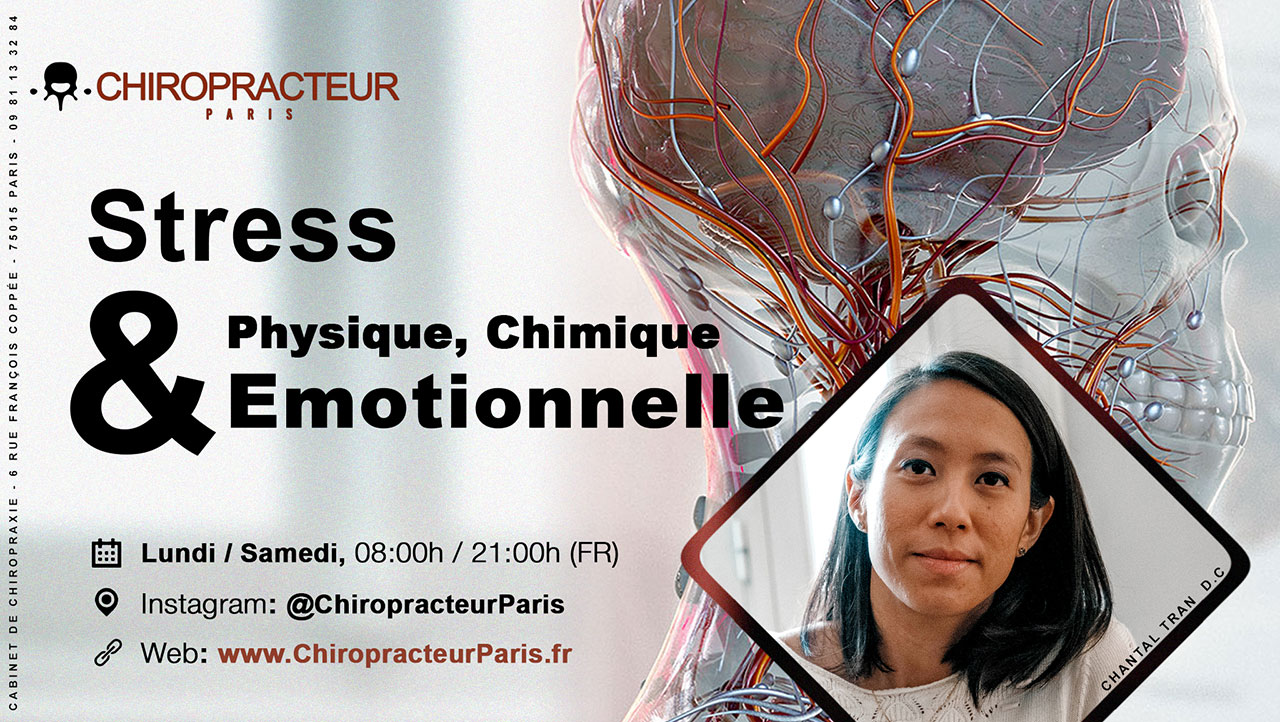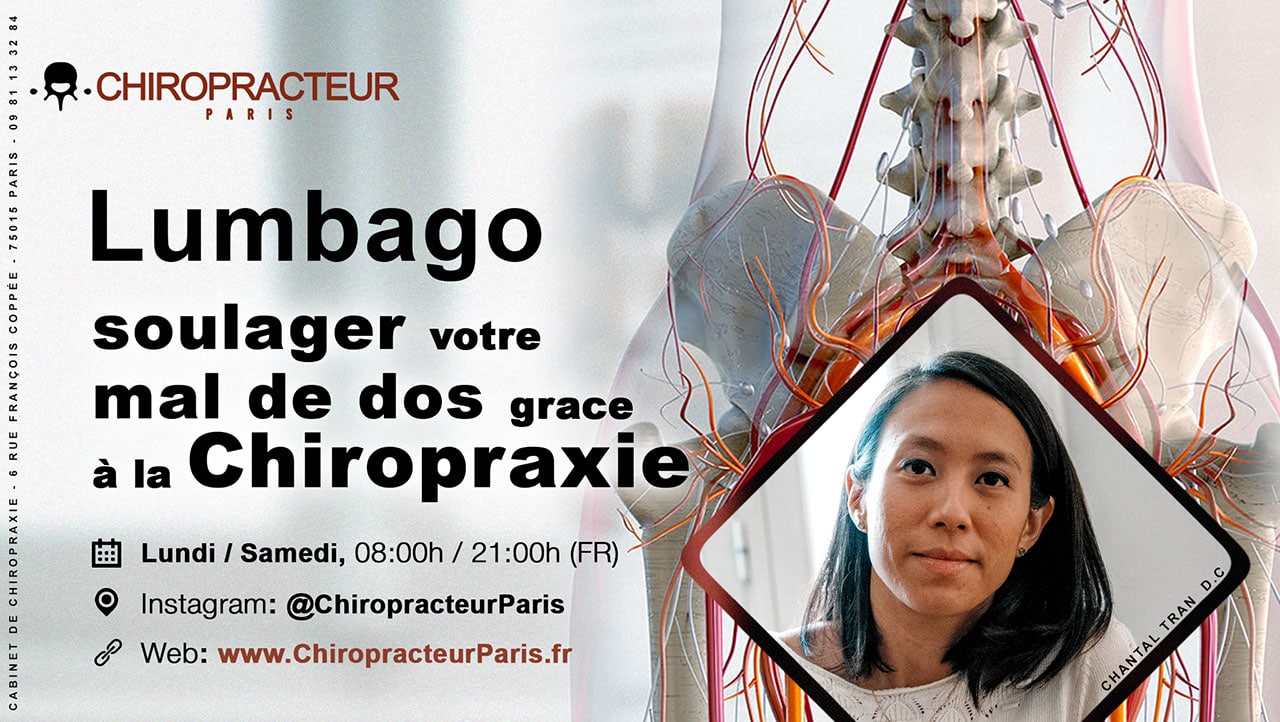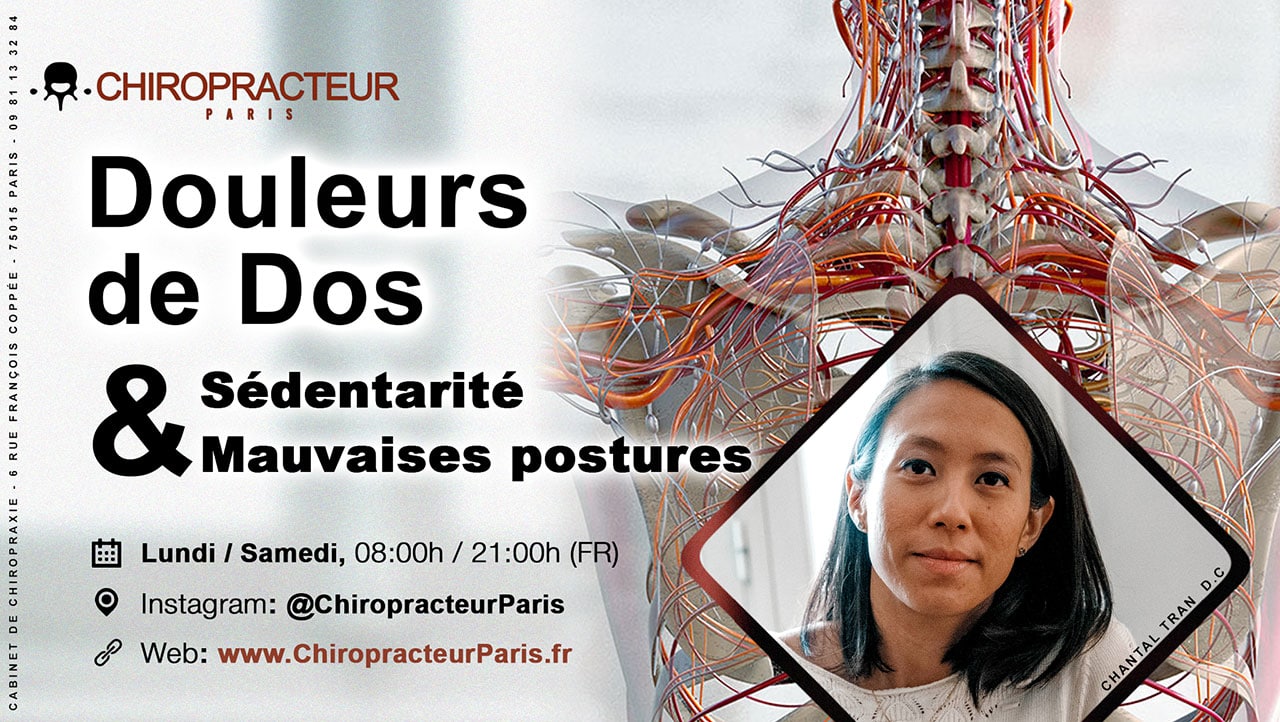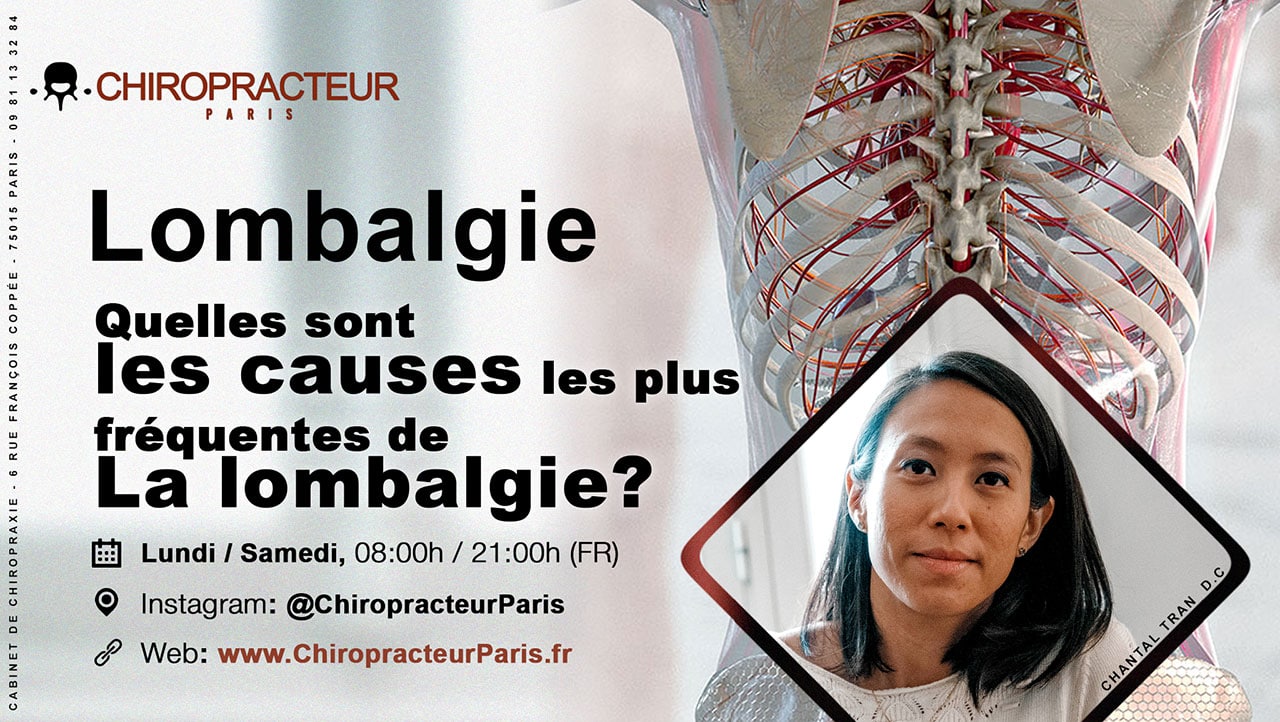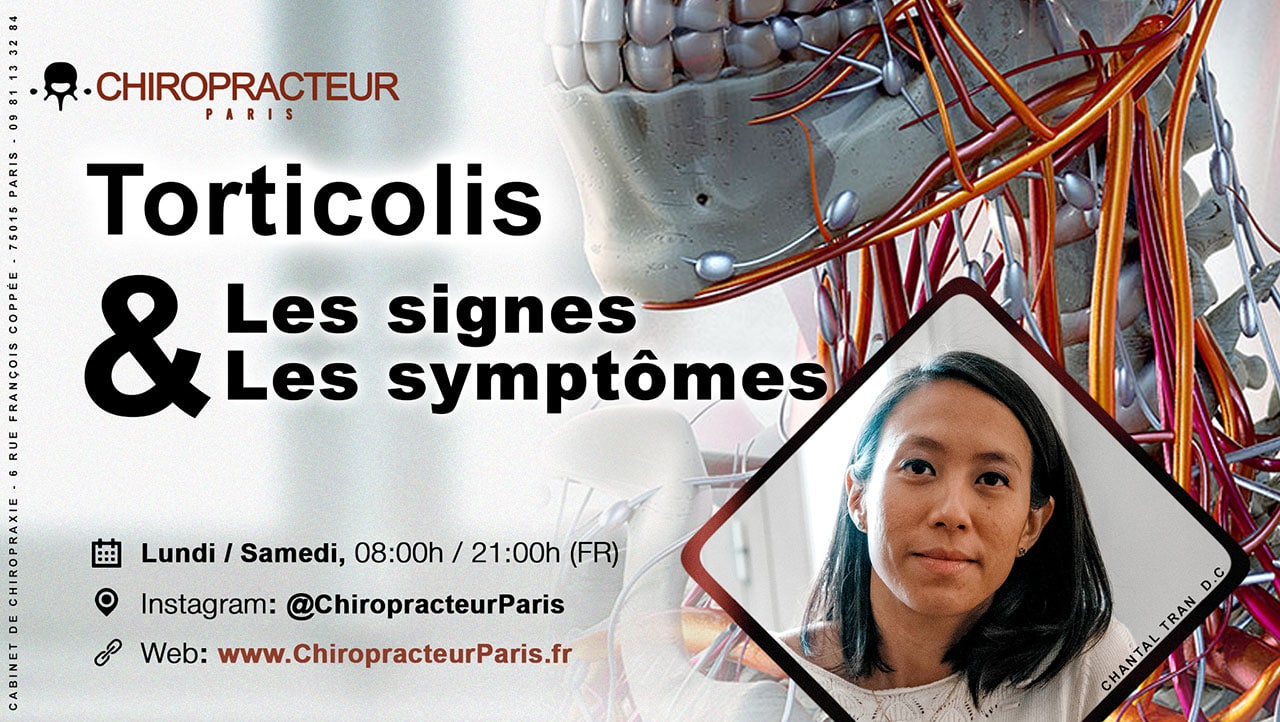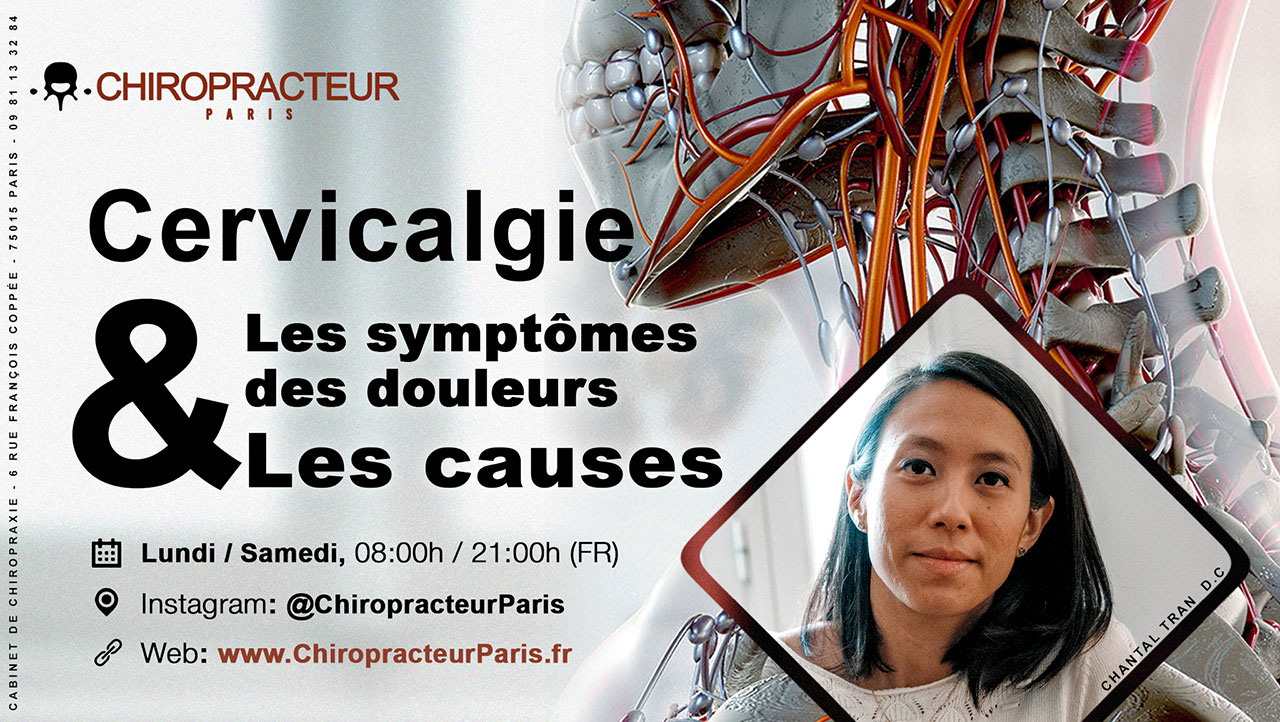Cervicobrachial neuralgia

What is cervicobrachial neuralgia?
Cervicobrachial neuralgia is a type of nerve injury that causes pain in the neck, arm and forearm.
The pain often travels and it can be difficult to determine where it is coming from. This type of neuralgia is a compression of the nerve that can be caused by compression from outside or inside the cervical spine.
Cervicobrachial neuralgia is an acute or chronic nerve pain where the pain travels from the neck to the arm, often described as an electrical discharge, numbness or tightness.
There are many different types of neck problems, but one common symptom they all share is severe pain in the neck area radiating more or less into the arm.
Chiropractic care has been shown to help treat Cervical-Brachial Neuralgia and other types of nerve injuries such as Carpal Tunnel Syndrome.
Studies have also shown that chiropractic care helps people with headaches, back pain and even joint pain.
What causes cervicobrachial neuralgia?
The causes of Cervicobrachial Neuralgia can vary from person to person. The most common causes of Cervicobrachial Neuralgia are:
- Compression of the middle and lower cervical nerve roots in the spine.
- Carpal tunnel syndrome
- Nerve damage
- Injury or trauma to the back, neck or arm
What is the difference between cervicobrachial neuralgia and sciatica?
Cervicobrachial neuralgia is a type of nerve injury that causes pain in the arm, shoulder and neck. Sciatica is a condition in which the sciatic nerve is damaged or inflamed, causing pain radiating from the lower back to the buttock and down the leg.
How long does cervicobrachial neuralgia last?
Symptoms of Cervicobrachial Neuralgia may last a few days, weeks or months. In some cases, symptoms can be chronic and last for years.
What are the signs of severity of cervicobrachial neuralgia?
The severity of Cervicobrachial Neuralgia is determined by the signs and symptoms. Transient paresthesia (tingling or numbness) that lasts over time, decreased ability to move the hand or arm, and common pain medications that are no longer as effective as they once were.
How to relieve or cure cervicobrachial neuralgia?
Cervicobrachial neuralgia can be treated in several ways. Here are some of them:
- Manual therapy such as chiropractic
- Painkillers
- Infiltration
- Surgery
If you are experiencing pain due to Cervicobrachial Neuralgia, it is important to consult a specialist. He or she will be able to determine the cause of the pain and recommend the best treatment for your needs.
What sport is good for cervicobrachial neuralgia?
The best sport for Cervicobrachial Neuralgia varies depending on each person's specific symptoms and causes. However, there are some sports that can be beneficial for people with Cervical Spinal Cord Injury, including swimming, yoga and pilates.
How to sleep with cervico-brachial neuralgia?
There are several things you can do to help you sleep with Cervical Spinal Neuralgia:
- Use a medium-firm pillow to support your neck when you sleep.
- Place a cold pack or ice pack on the neck and upper back to help reduce inflammation and pain.
- Stretch before going to bed.
- Relaxation exercises such as deep breathing or meditation can help calm the mind and body.
Can a chiropractor treat cervicobrachial neuralgia?
Yes, a chiropractor can provide relief from cervicobrachial neuralgia. He or she will be able to determine the cause of the pain and recommend the most appropriate treatment for your needs.
Do you suffer from neck pain?
Chiropractic care is a non-invasive treatment that can help relieve your symptoms. We offer gentle and effective chiropractic treatments to relieve those suffering from neck or arm pain. Our compassionate team of doctors and staff will work with you to find the best solution for your unique needs.





